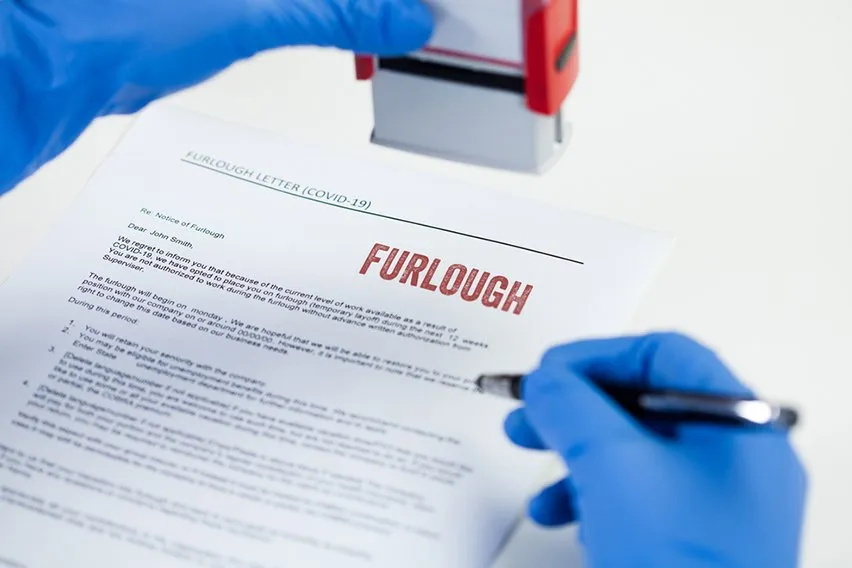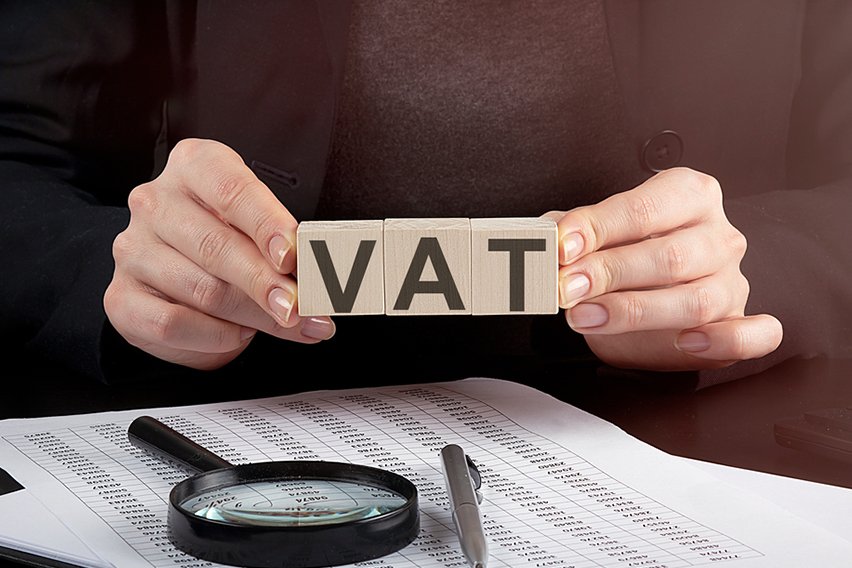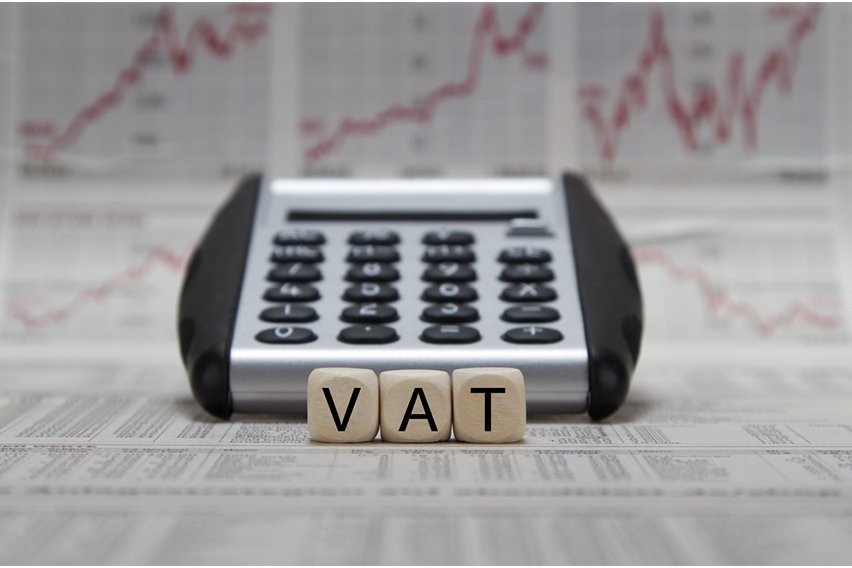What Is a Furloughed Worker? Coronavirus Furlough Guide

When the Coronavirus pandemic hit in the UK in 2020 there was a huge effect on the job market.
Thousands of employees faced either mass layoffs or were put on temporary leave. These layoffs meant people had no idea when they would be able to resume their normal work schedule or receive their normal income.
We are still feeling the effects of this mass shutdown in 2021 with a number of people still struggling to find work.
In a bid to help businesses and their employees, the Chancellor announced the Coronavirus Job Retention Scheme in March 2020. This scheme was set up so that employers could furlough their employees. This helped employees continue to receive some form of wage payments and helped businesses retain their workers.
By June 2021, the CJRS supported and furloughed more than 11 million employee jobs in the UK at the cost of over £65.9 billion.
But what exactly is a furloughed worker? We’ll give you a breakdown.
Here’s What We’ll Cover:
What Is the Current State of Furlough?
What Is Furlough?
Furlough allows companies to retain their staff on their payroll whilst not having to pay them a full wage.
It works by employers claiming a grant from the government. This grant would cover 80% of an employee’s wages and gives the employer the opportunity to top up the remaining 20%.

However, this employee contribution is not legally necessary. The only obligation from an employer is to cover their national insurance and pension contributions.
Furlough was introduced as a way to offer UK businesses some breathing space. This meant that whilst they were seeing reduced income due to the Covid-19 crisis they could continue to operate. It also allowed UK workers to continue to earn money whilst they were confined to their houses.
What Is a Furloughed Worker?
‘Furloughed worker’ is the term used by HMRC to describe employees who have been kept on an employer’s payroll throughout the Coronavirus Job Retention Scheme.
A furloughed worker is anyone that has been asked to take a compulsory leave of absence. This was mainly down to two reasons:
- An employer not being able to financially cover staff costs due to financial hardship caused by the Covid-19 pandemic.
- An employer not having a suitable workload to allocate to an employee during the Coronavirus pandemic.
For an employee to be eligible for furlough they must first be on the business’ PAYE. They must also have had their working hours either partially or completely reduced.
A furloughed worker has not been made redundant as they will still be employed by the company. This is because when the time comes for the employee to return to work, they will return with the same employment status. This means that the business will not have to go through the process of rehiring.
A worker with a full furlough status may not undertake any work for the employer during the period of time that they’ve been listed as furloughed. However, an employee on flexible furlough may work on a part-time basis, but during this time the employer must pay their full wage.

What Is the Current State of Furlough?
The furlough scheme was originally intended to end in May 2020, but it has since been extended a number of times.
The current deadline for furlough to end is now the 30th of September, 2021. Both Chancellor Rishi Sunak and Prime Minister Boris Johnson have said that the scheme will not be extended any further.
At the time of writing the government no longer pays 80% of a furloughed employee’s wages.
From the 1st July 2021, the government only paid 70% of the furloughed employee’s wages up to £2,187.50 a month. The employer now has to make up the remaining 10%, but can still choose to top up the remaining 20%.
In August and September, staff on furlough will receive 60% of their wages up to £1,875 a month, while the employer will make up the 20%.
Key Takeaways
Being a furloughed worker enabled people to still earn money during a time of great economic difficulty.
It also meant that when the pandemic started to subside, people could return to work with minimal administrative fuss.
Are you looking for more business advice on everything from starting a new business to new business practices?
Then check out the FreshBooks Resource Hub.
RELATED ARTICLES

 What Are CIS Deductions? Meaning & Calculation
What Are CIS Deductions? Meaning & Calculation What Is VAT Liability? A Beginner’s Guide
What Is VAT Liability? A Beginner’s Guide What Is the VAT Flat Rate Scheme for Small Businesses?
What Is the VAT Flat Rate Scheme for Small Businesses? What Is Import VAT and How Does It Work?
What Is Import VAT and How Does It Work? What Is Income Tax & How Does It Work?
What Is Income Tax & How Does It Work? Difference Between Flat Rate Vat Vs Standard Rate Scheme
Difference Between Flat Rate Vat Vs Standard Rate Scheme